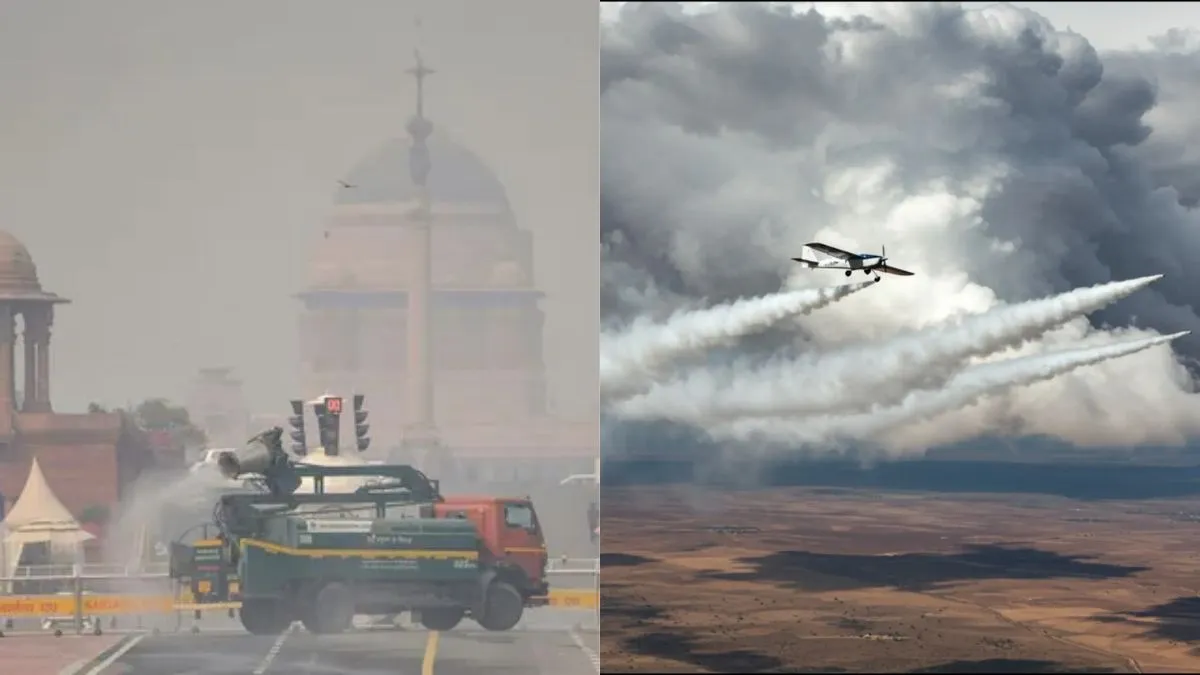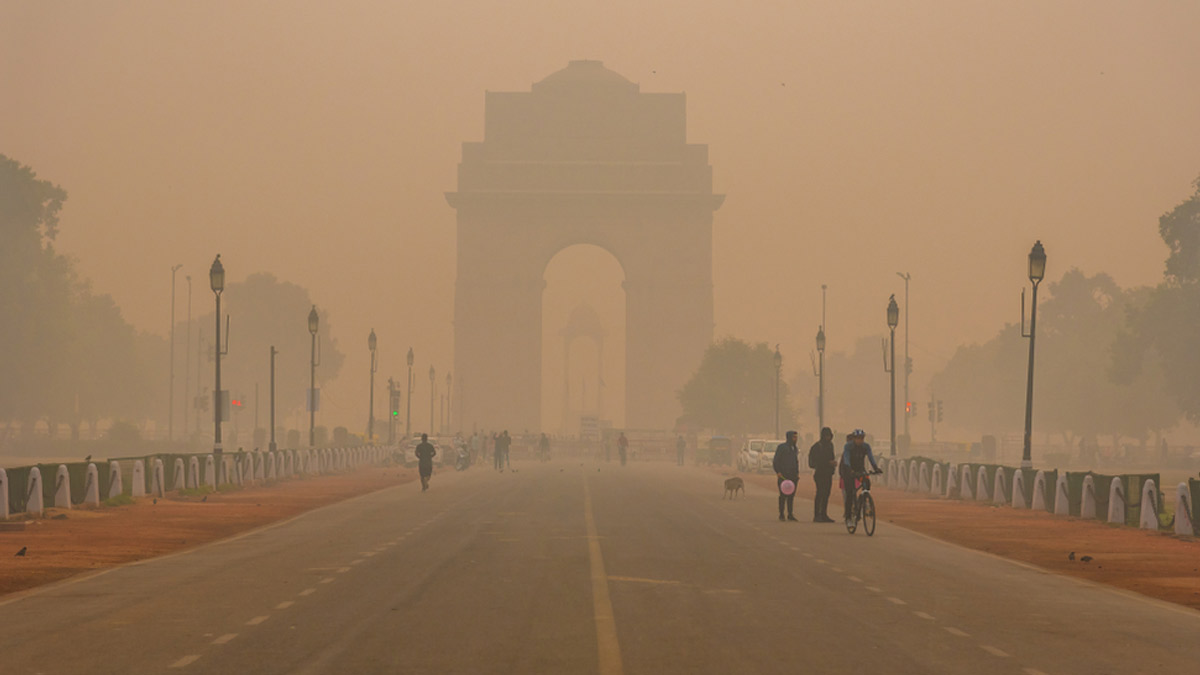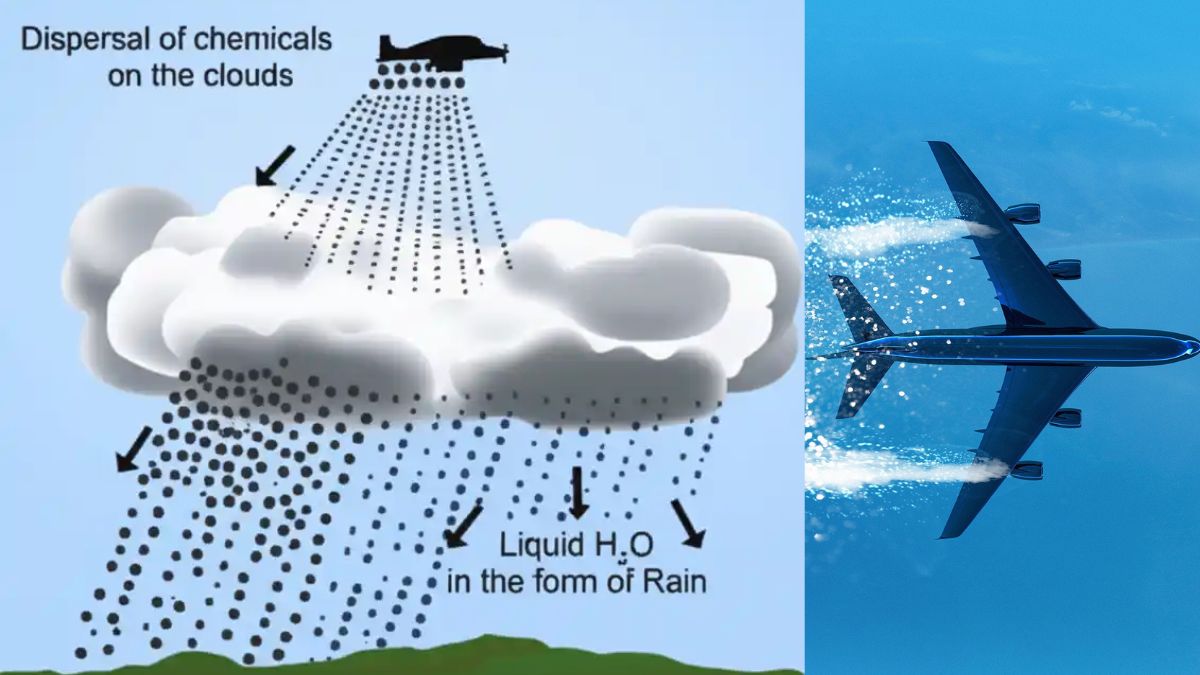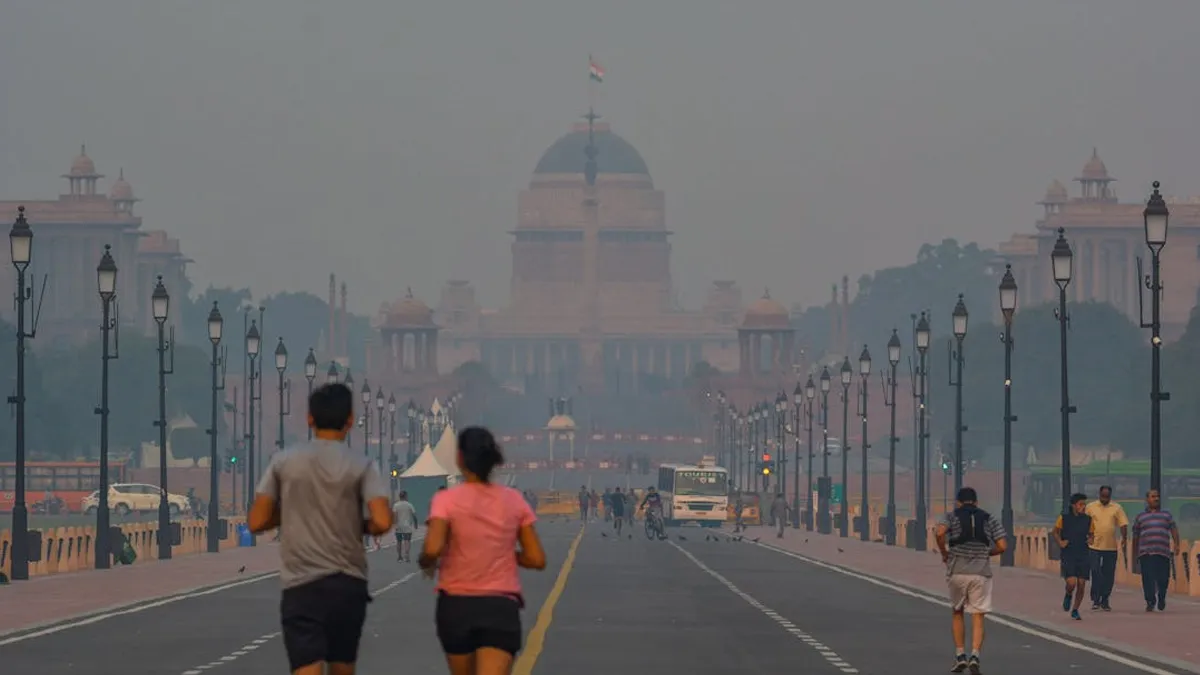
As one of the world's most polluted cities, Delhi struggles every year with hazardous air quality. It gets worse in the chilly months. With smog thick in the air and pollution levels soaring, new ideas and technologies are sought to improve the situation. Recently, cloud seeding has gained attention as a possible solution to clear the skies.
Table of Content:-
But what is cloud seeding, and can it offer real hope for Delhi’s air problems? To understand this better, Dr Vinit Banga, Director of Neurology at Fortis Hospital, Faridabad, shares his expert views.
Delhi’s Pollution Crisis and A New Experiment![]()
New Delhi is no stranger to very poor air quality. A recent smog surge after Diwali pushed the Air Quality Index into the hazardous zone, with many residents struggling to breathe. In response, the regional government launched a first-of-its-kind trial of cloud seeding, spraying substances like silver iodide into clouds with the goal of inducing rain and clearing pollutants.
But does it live up to the hype? And is it safe? According to Dr Vinit Banga, there are important catch-points. “Cloud seeding is an interesting tool, but it is not the silver bullet for air pollution,” he says.
What Exactly Is Cloud Seeding?![what is Cloud Seeding what is Cloud Seeding]()
“Cloud seeding is an atmospheric alteration process, in which material such as silver iodide or sodium chloride is seeded into clouds to induce rain or snow,” explains Dr Banga.
Here’s what that means in simpler terms:
- Planes or drones carry flares or particles into certain clouds.
- These particles act like “seeds,” helping moisture gather and turn into bigger water droplets.
- The hope: more rain, which can help wash pollutants out of the air and settle dust and soot.
What Are The Potential Benefits?
As Dr Banga points out, “In controlled conditions, cloud seeding can enhance precipitation. That helps during dry spells, boosts water supply, and can help with fire suppression or hail loss.”
In bullet form, the benefits include:
- Increased rainfall in otherwise dry or drought-prone regions.
- A possible drop in airborne particles when rain falls.
- Additional water for agriculture or reservoirs in arid zones.
What Are The Health & Environmental Concerns?![]()
Dr Banga raises caution, “Cloud seeding will impact health if chemicals such as silver iodide accumulate in the environment. Long-term exposure may cause respiratory, dermal or thyroid illnesses.”
Key concerns:
- Chemical pollution from silver iodide or other seeding agents.
- Possible respiratory irritation or skin issues for exposed populations.
- Disruption of local climate patterns (e.g., too much or too little rain).
- Effects on soil and aquatic life if precipitated chemicals accumulate.
- Unbalanced rainfall distribution, some places get too much, others too little.
So, Can It Help Delhi’s Air Right Now?
Dr Banga gives a balanced view, “Cloud seeding may offer temporary relief when pollution is extreme. But it does not address the root causes—traffic emissions, industry, crop-burning and construction dust.”
He emphasises that for a city like Delhi:
- Conditions must be right (clouds with enough moisture, proper wind and weather).
- It’s an add-on, not a replacement, for deeper pollution control.
- In fact, recent trials in Delhi were paused due to low moisture in the clouds.
WHO estimates that around 7 million people die each year from exposure to fine particles in polluted air. It leads to diseases such as stroke, heart disease, lung cancer, chronic obstructive pulmonary disease and respiratory infections.
What You Can Do To Protect Your Lungs Now![]()
While large-scale weather interventions are explored, Dr Banga offers personal protective steps:
- Use indoor air purifiers and keep windows closed during heavy pollution.
- Wear a good mask (when going outdoors in high pollution).
- Hydrate well, eat antioxidant-rich foods, and reduce exposure to smoke and dust.
- Avoid burning waste, ensure home ventilation and stay aware of the Air Quality Index (AQI).
ALSO READ: How Does Pollution Affect Pregnant Women? Expert Shares Hidden Dangers
Conclusion
Cloud seeding is a bold idea being trialled in Delhi to help clear the air. It holds promise, but it’s not a panacea. The science shows potential but demands favourable conditions and responsible use. Meanwhile, you still have power: protecting your health, using pollution-aware habits, and pushing for stronger systemic clean-air actions. When the sky may briefly help the ground breathe easier, your lungs and choices matter every day.
Also watch this video
How we keep this article up to date:
We work with experts and keep a close eye on the latest in health and wellness. Whenever there is a new research or helpful information, we update our articles with accurate and useful advice.
Current Version
Oct 30, 2025 10:02 IST
Published By : Vivek Kumar



